Creating the Perfect Cup
We proudly offer a vast selection of coffee, machines, supplies, and barista training in the UK and Ireland. For 160 years, we’ve supported cafés and hospitality businesses with everything needed for success. Our exceptional coffee is roasted in Glasgow and enjoyed by thousands daily.

Barista Training
in Glasgow, London and Dublin
The best coffee needs more than quality beans and machines. It takes skilled people. That’s why we give our customers free access to our Coffee Schools and online learning platform.
From hands-on barista training and latte art workshops to flexible e-learning you can do anywhere, our courses are designed to build skills, boost confidence and keep standards high. Whether you are running a busy café or serving coffee in a corporate setting, we help your team deliver drinks that bring customers back time after time.
Let's Brew Brilliance Together!
We cultivate strong partnerships & build lasting relationships
We work with renowned brands across the UK and Ireland, from independent coffee shops to national chains. Every business is unique, so we provide tailored support to help yours thrive. Our focus is always on building lasting relationships that deliver long-term success.
Our family of brands are tailored to suit any customer, business or sector
Our family of brands gives you everything you need to run a successful coffee business. From expertly roasted coffees in a variety of blends, roast levels and tasting notes, to Espresso Warehouse with its full range of syrups, teas, snacks and café essentials, we cover every detail. Together, our brands ensure you have the quality, choice and support to delight your customers every day.


Created by Baristas for Baristas
Crafted for baristas who value authenticity, Piacetto captures the essence of Italian café culture with its distinctive dark roast style, delivering a rich and balanced coffee experience in every cup.

Smokin Bean
Smokin’ Bean is all about creating an awesome, sustainable coffee experience for everyone.

Café Supplies
Everything you need for your coffee business.Sustainable Marketing Materials
for Peak & Wild Brand Customers
Sign up to our
monthly newsletter
Receive free coffee industry insights, recipes and more straight to your inbox

















